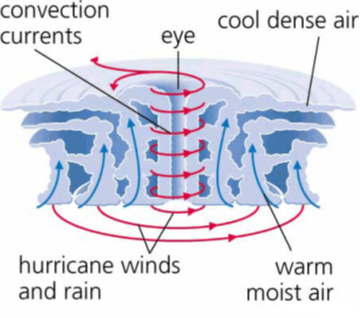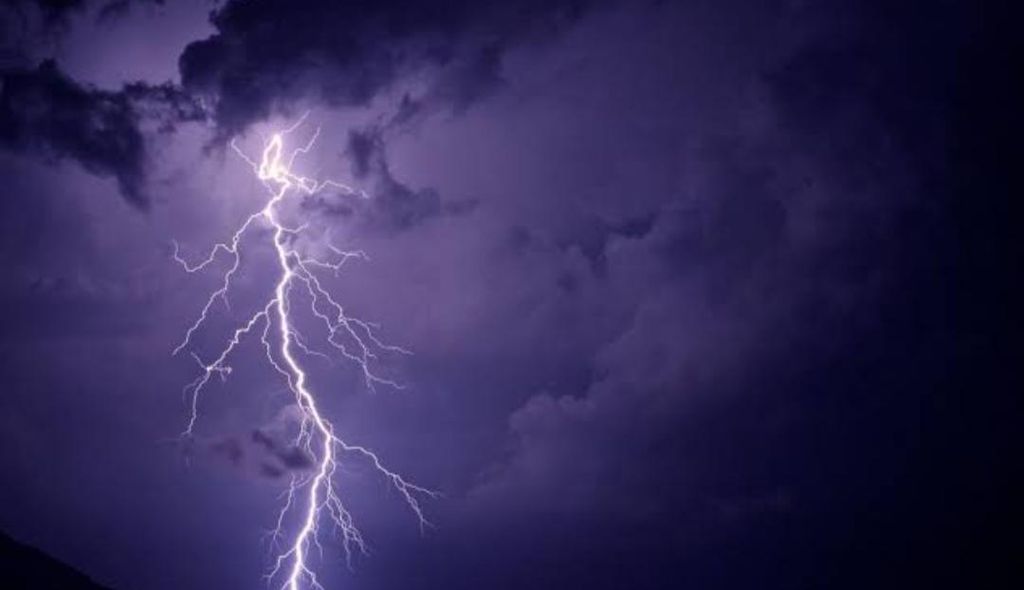- Books Name
- CBSE Class 7 Science Book
- Publication
- Param Publication
- Course
- CBSE Class 7
- Subject
- Science
Type of storms :
There are different types of storms. Some arise over land, others develop over seas. Some are accompanied by thunder, lightning and heavy rain. Others are dry dust storms. We will discuss three broad types of storms-thunderstorms, tornadoes and cyclones.
Thunderstorms :
As the air near the land gets heated, it becomes light and rises. The pressure under the rising air column drops.
If the air carries enough moisture, the moisture condenses when it comes in contact with colder air, and eventually, the raindrops become heavy enough to start falling. Then the air at the top of the column cools and spreads out.
The pressure above the column is high, so the cold air flows downwards. The upward movement of hot air and the downward movement of cold air and raindrop leads to stormy winds accompanied by heavy rain, lightning and thunder, which are typical characteristics of thunderstrom.
Tornadoes :
A tornado is a dark funnel shaped cloud that reaches from the sky to the ground. The funnel sucks dust, debris and everything near it at the base due to low pressure and throws them out near the top.
The diameter of tornado can be as small as few kilometers a violent tornado can travel at a speed of about 300 km/hr. Tornadoes, are also called twisters or whirl winds. A tornado over the sea is called a waterspout because it sucks up a huge column of water.
Cyclones :

A cyclone is a storm that develops over the sea. The distinctive feature about a cyclone is high-speed winds swirling around a low-pressure centre. This low-pressure centre is a region of calm, called the eye of the storm or storm centre.
Cyclones develop over tropical seas. Air heated by the warm sun rises, creating a region of low pressure. Cold air rushes in, forcing up more hot air. This brings in more cold air and so on, setting up a cycle or current of air. The rotation of the earth drags this air current around the region of low pressure.
Note: This is how the winds whirl around the centre. They whirl anticlockwise in the northern hemisphere and clockwise in the southern hemisphere.
Cyclones in the western Atlantic and eastern Pacific are called hurricanes. While those in the western Pacific are called typhoons.
Those developing over the Indian Ocean, Bay of Bengal and Arabian sea are simply called cyclones.
Thunderstorm and cyclones


 Param Publication
Param Publication
 Grow Career Publication
Grow Career Publication
